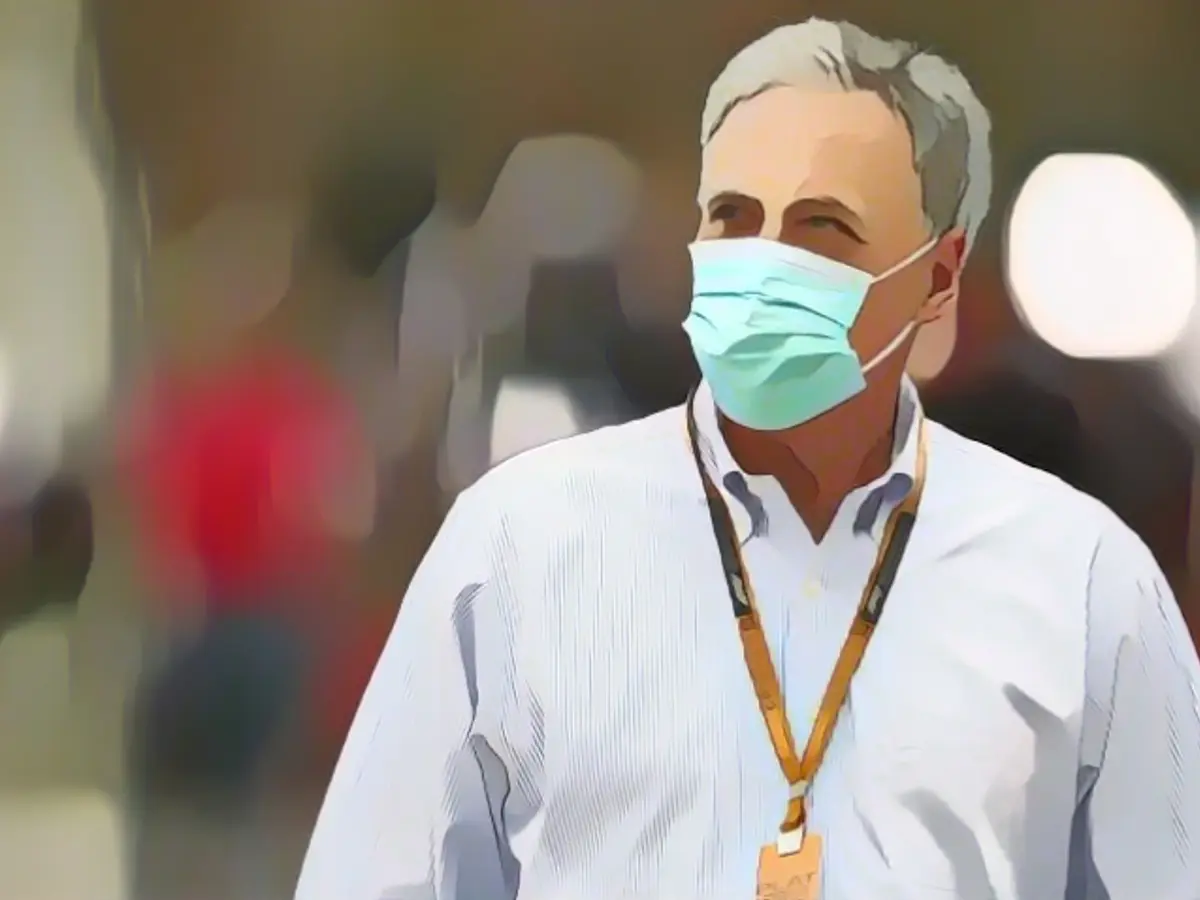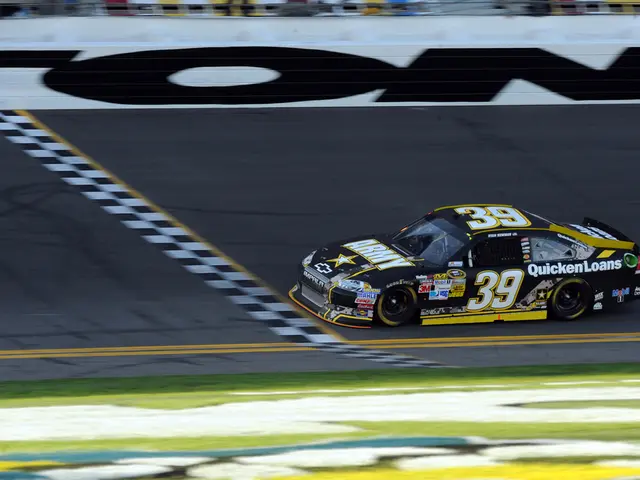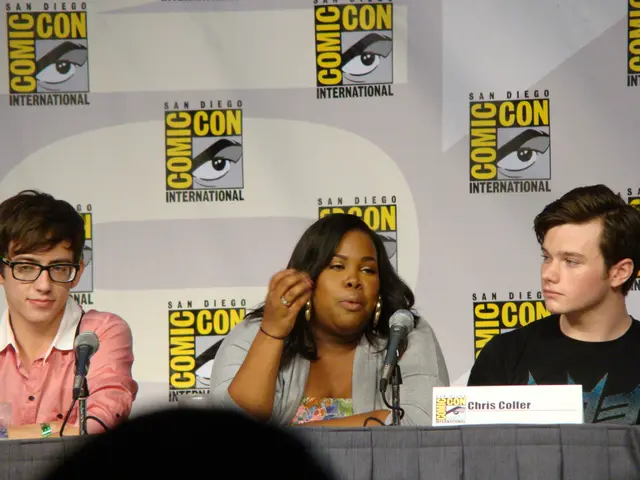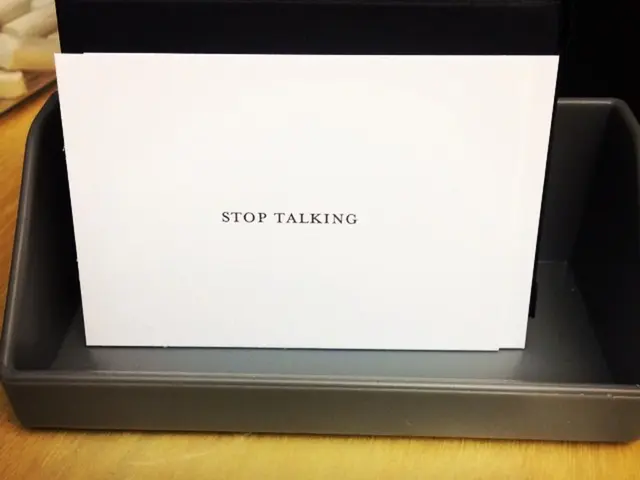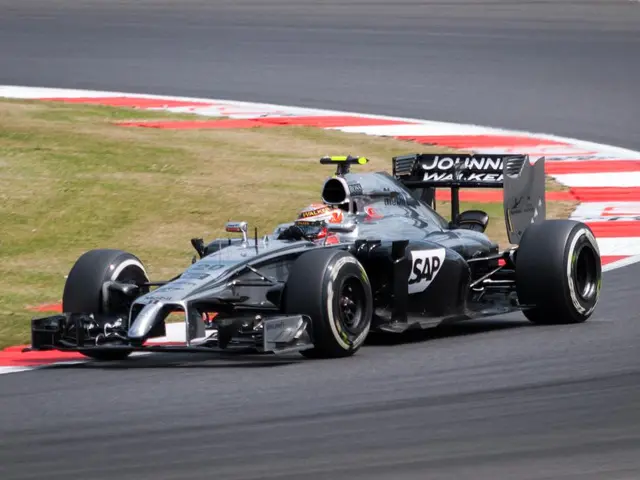Despite tobacco's devastating health consequences, causing the death of 8 million people annually, motor racing teams, particularly in Formula 1 (F1), remain attracted to tobacco sponsorship deals with companies in this industry.
As early as the National League of Baseball's inception in 1876, baseball cards could be found inside tobacco tins. Initially, each team had its own tobacco sponsor until the practice was considered illogical in the light of tobacco's harmful effects. The ban on tobacco sponsorship in various sports, including the 1984 Summer Olympics, was the norm in the first half of the 20th century, except for motor racing.
F1 and its motorbike counterpart, MotoGP, are the only global racing sports still permitting tobacco companies to sponsor teams and events, according to a report by Stop Tobacco Organizations and Products (STOP)[1]. Although the Federation Internationale de l'Automobile (FIA) announced in 2003 that it intended to phase out tobacco sponsorship by the end of the 2006 season, this ban has not been fully implemented until recently.
The report from STOP indicates that the 8-billion-dollar tobacco advertising revenue generated by F1 over its 70-year history is mainly due to its sponsorship deals with tobacco companies, amounting to more than 100 million US dollars worth of sponsorships alone in the 2020 season[1]. The high tobacco sponsorship figures reflect the value that tobacco companies derive from the sport, especially considering its worldwide fanbase with a predominantly young demographic.
Tobacco sponsorship has been particularly relevant for iconic teams such as Ferrari and McLaren, which have enjoyed prominent partnerships with companies like Marlboro and John Player, respectively. STOP's analysis demonstrates that Ferrari and McLaren earned approximately 95 million US dollars and 20 million US dollars, respectively, from tobacco sponsorship in the 2019 season[1].
Professor Gerald Hastings, founder of the Institute for Social Marketing and Health, commented on the situation, stating that using tobacco to make achievement appear cool is inappropriate[1]. Even Jean Todt, FIA President, cited the difficulty in monitoring individual sponsorship agreements as the reason for the failure to enforce the tobacco sponsorship ban[1].
Tobacco companies defend these sponsorship arrangements as an opportunity to promote research and development in less harmful alternatives. Meanwhile, critics argue that tobacco companies exploit the world's youth, making sport-related branding their key marketing strategy to gain new clients.
As of recent years, tobacco companies like Philip Morris International and British American Tobacco (BAT) continue to actively engage in sponsorship deals with F1 and MotoGP. Companies such as PMI have adopted a mission, titled "Mission Winnow," reflecting their commitment to promoting alternatives to tobacco. McLaren promoted the BAT tobacco alternatives Lyft, Vuse, and Vype through 13 different racing events in 2019, while Ferrari unveiled the Mission Winnow branding at ten events[1].
Critics, such as Phil Chamberlain from the STOP organization, argue that tobacco companies continue to leverage the cachet of these sports to attract new customers, despite the devastating health risks associated with their products[1]. The same companies claim not to engage in direct tobacco promotion, yet their branding contributes to the general perception of tobacco's appeal.[1]
The ongoing tobacco sponsorship in F1 and MotoGP has drawn criticism from various quarters, including the public healthcare community and sporting organizations. The World Health Organization (WHO) emphasizes that 80% of the 1.3 billion tobacco users across the globe live in low- and middle-income countries, with tobacco companies investing in F1 as a strategy to target the younger population[1].
Tobacco companies' sponsorship of major sports events persists, despite the known health risks. Critics argue that these partnerships target the youth market and perpetuate the tobacco industry's deceptive marketing strategies. Attempts to ban tobacco sponsorship have been relatively successful, but it remains to be seen whether F1 and MotoGP will discontinue these partnerships as a matter of principle.
References
Enrichment Data:
In addition to the statistics discussed in the article, a few other factors contribute to the tobacco companies' continued interest in F1 and MotoGP sponsorships.
- Brand Positioning: Relying on low-cost and unregulated traditional media, tobacco companies leverage sponsorship deals to increase their brand presence and enhance their public image[1][3]. In doing so, these companies use the prestige and excitement associated with motor racing to position their brands as dynamic, modern, and innovative.
- Emotional Engagement: Unlike traditional advertising, sports-related sponsorship appeals directly to people's emotions and aspirations, making it an extremely effective marketing tool for the tobacco industry[1]. The emotional connection between sports fans and their favorite teams further intensifies the appeal of tobacco sponsorship deals.
- Global Reach: The global reach of sports sponsorship enables tobacco companies to promote their products on an international scale, further exploiting the emotional connection between the teams, fans, and their products[1]. As F1 and MotoGP events broadcast to millions of viewers around the world, tobacco companies benefit from significant exposure, enabling them to extend their reach beyond their target markets.
- Government Regulations: Although some national governments have imposed restrictions on tobacco advertising, the sports industry remains largely unregulated around the world[1]. Given the lack of a comprehensive global ban on tobacco sponsorship, it is easier for tobacco companies to exploit the regulatory loopholes and maintain their presence in the world of motor racing.
These factors contribute to the ongoing tobacco sponsorship in F1 and MotoGP, demonstrating the reasons why tobacco companies continue to leverage these events as a marketing strategy.
Sources
- edition.cnn.com
- Amiel, E., & Harris, R. (2016 [original 2015]). "China, Of Mice and Men: An Analysis of FOCA, the Branding of Formula 1, and the Commercialization of Corporate Power." International Journal of Communication, 10, 1572–1600.
- Miller, J. (2017). "Safe, Satisfying and Sustainable: The Development of a New Tobacco and Nicotine Product Portfolio." Food and Drug Law Journal, 73 Suppl 1, 1–19.
- Fauri, B. (2015). "Smoking and the New Retail Tobacco Market." Global Health Action, 8, 22856.
- Mulcahy, A., & Roos, R. (2014). "From Commercial Break to Playtime: The Remaking of Football's Socio-Cultural Landscape." Sociology, 48 Suppl 2, S521–S535.
